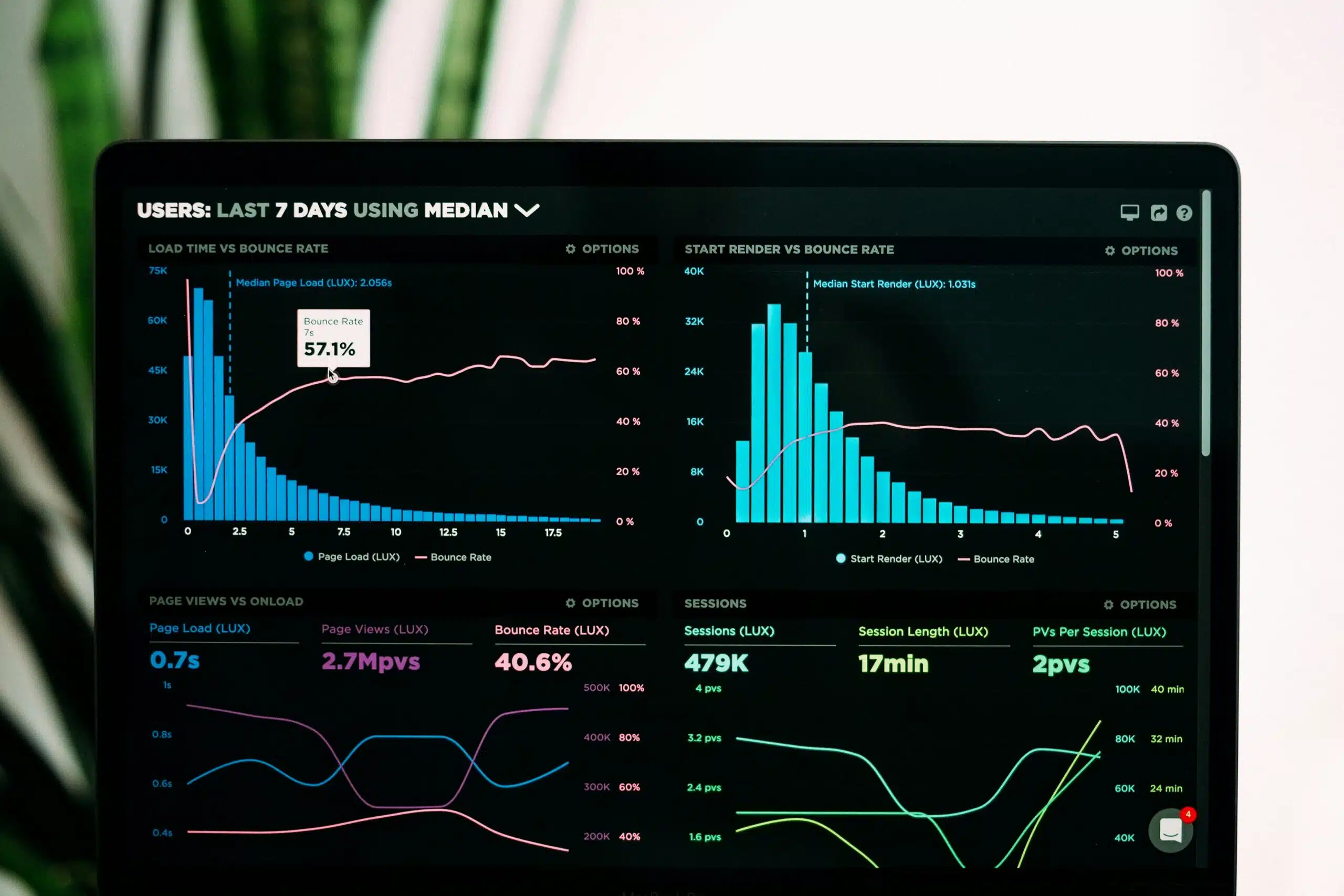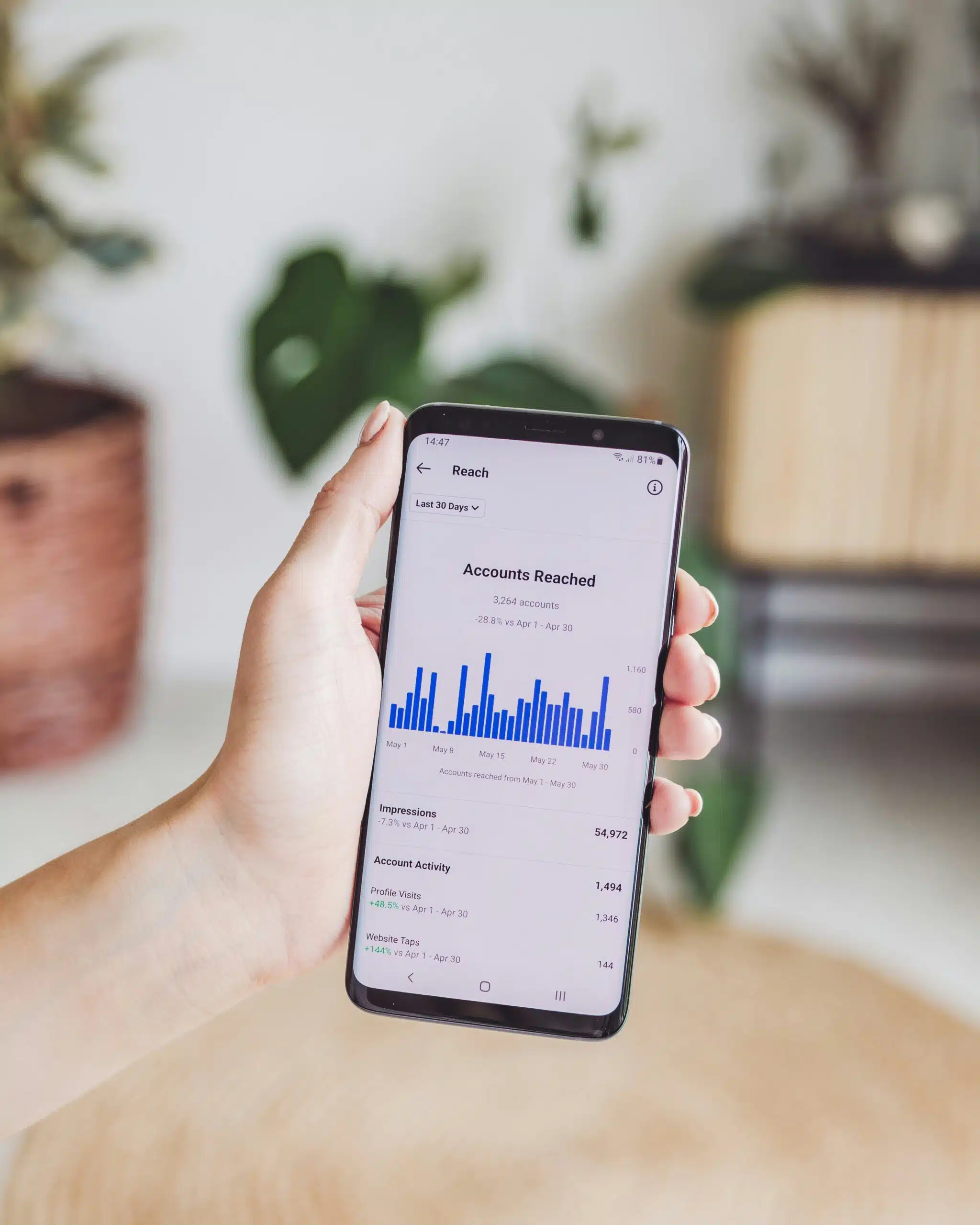Understanding how to measure social media performance effectively is essential for any business today. Many marketers struggle with selecting the right social media analytics tools that offer comprehensive web analytics and valuable insights into audience behavior. This article will outline key features such as visual reporting tools, user role management, and mobile accessibility. By engaging with this content, readers will learn how to enhance their analytics capabilities, improve benchmarking strategies, and thoroughly audit their social media conversations, ultimately driving better marketing results.
Key Takeaways
- Comprehensive social media reporting software is essential for analyzing audience engagement effectively
- Real-time analytics enhance decision-making, allowing marketers to respond swiftly to data trends
- Integration of various platforms streamlines performance monitoring and campaign optimization
- Customizable dashboards improve user experience by tailoring analytics to specific needs and goals
- Automated reporting facilitates consistent tracking of key metrics without manual effort
Understanding Comprehensive Social Media Reporting Software

Comprehensive social media reporting software plays a vital role in helping brands analyze their online presence and audience engagement. These tools, like Brandwatch and Databox, ensure data accuracy and reliability, which is essential for maintaining data integrity in strategies such as email marketing. Understanding their features allows for better insights and informed decisions in social media analytics.
Definition and Purpose of Reporting Software
Reporting software is a critical tool for brands to track and analyze their social media metrics effectively. By combining data from various sources into a single data warehouse, these tools empower marketers to evaluate the success of their advertising campaigns and enhance their overall marketing strategy. With robust business intelligence features, users can transform data into actionable insights, enabling informed decisions that drive engagement and grow their audience.
| Feature | Benefit |
|---|---|
| Data Integration | Consolidates data from multiple platforms for a holistic view. |
| Real-Time Analytics | Provides up-to-the-minute insights for timely decision-making. |
| Custom Report Generation | Allows marketers to tailor reports according to specific needs. |
Importance of Data Accuracy and Reliability
Data accuracy and reliability are essential for effective social media analytics tools because they directly impact content analysis and decision-making in digital marketing. Accurate data helps brands assess their reputation more reliably, ensuring that marketing strategies are built on trustworthy information. By maintaining a reliable database, marketers can improve their efficiency in identifying trends, understanding audience behavior, and ultimately driving better campaign engagement and results.
Key Features of Comprehensive Social Media Reporting Software

Key features of comprehensive social media reporting software are essential for brands aiming to enhance their omnichannel presence. Integration with multiple social media platforms allows for effective profiling of audience behavior. Real-time data processing and customizable dashboards provide actionable insights, while advanced analytics facilitate emotion tracking and detailed chart creation. Automated reporting and scheduled insights streamline decision-making, ensuring marketers can respond quickly and effectively.
Integration With Multiple Social Media Platforms
Integration with multiple social media platforms is crucial for effective media monitoring and analysis. By connecting various channels, brands comprehensively understand audience engagement and interactions across their preferred networks. This integration streamlines the workflow, allowing marketers to access vital data in one place, enhancing their ability to monitor performance, optimize campaigns, and make informed decisions driven by reliable insights.
Real-Time Data Processing and Reporting
Real-time data processing and reporting are pivotal for any organization aiming to boost customer engagement. By incorporating automation into their analytics tools, businesses can effortlessly export relevant metrics informing stakeholders about campaign effectiveness. This instantaneous feedback allows teams to adjust their strategies swiftly, ensuring they remain responsive to audience needs and expectations.
Customizable Dashboards for User Preferences
Customizable dashboards in comprehensive social media reporting software allow users to tailor their analytics experience according to specific needs. By integrating machine learning, these dashboards can visually present data through graphs, helping marketers see patterns in audience engagement and campaign performance easily. For example, tools like Meltwater enhance the data collection process, enabling users to effectively monitor their content creation efforts and identify successful strategies quickly.
| Feature | Benefit |
|---|---|
| Customizable Dashboards | Allows users to design their analytics view based on individual preferences and metrics. |
| Graphical Data Representation | Makes it easier to visualize trends and performance indicators. |
| Machine Learning Integration | Enhances data analysis and prediction capabilities. |
| Efficient Data Collection | Streamlines the acquisition of relevant data from various sources. |
Advanced Analytics and Reporting Capabilities
Advanced analytics and reporting capabilities in social media reporting software enable brands to gain deeper insights into customer demographics, such as gender, and engagement behaviors across various campaigns. For instance, these tools can analyze how different customer segments respond to influencer marketing initiatives, helping marketers refine their strategies to enhance customer experience. With features that also support mobile app integrations, users can access real-time data and reporting, making it easier to adjust campaigns on the go and respond
Enhancing User Experience Through Visual Reporting Tools

The use of graphs and charts significantly enhances usability in social media analytics tools. These visual elements enable marketers to grasp performance metrics and trends quickly. Interactive features facilitate deeper data exploration, allowing for detailed insights into customer service interactions across various social networks. Comparison tools help measure effectiveness, giving users a comprehensive view of their strategy’s success, akin to platforms like Hootsuite.
Utilization of Graphs and Charts for Data Representation
Graphs and charts play a significant role in evaluating social media performance and content marketing strategies. By providing clear visual representations, these tools enable marketers to conduct effective competitor analysis and gain insights into their target audience’s preferences. This approach enhances competitive intelligence by allowing brands to quickly identify trends and adjust their tactics based on real-time data, ultimately driving better engagement and results.
Interactive Elements for Deeper Data Exploration
Interactive elements in social media analytics tools significantly improve user engagement and data exploration. By providing features that allow marketers to manipulate data visualizations, these tools enable a clearer understanding of audience behavior and campaign performance, directly impacting revenue and reputation management strategies. For instance, marketers can utilize dynamic graphs to assess the effectiveness of their social media marketing efforts, tapping into essential insights that can shape future campaigns and enhance their overall analytics approach.
Comparison Features for Performance Measurement
Comparison features in social media analytics tools are essential for brands looking to measure their performance effectively. By allowing businesses to analyze important statistics side-by-side, they can identify trends in consumer behavior and assess how their strategies stack up against competitors. For instance, understanding how pricing changes can impact consumer engagement on various social media platforms helps brands better allocate resources and refine marketing efforts.
Mobile Accessibility and Usability of Reporting Software

Mobile-friendly interfaces offer significant benefits for social media analytics tools, allowing users to access reports on the go. This flexibility is crucial for marketers who must respond quickly to data trends. Mobile applications often provide real-time notifications and alerts, keeping users informed about important metrics. These aspects enhance usability, ensuring teams remain agile and informed.
Benefits of Mobile-Friendly Interfaces
Mobile-friendly interfaces in social media analytics tools offer significant advantages for marketers by enabling quick access to vital data anywhere and anytime. These tools allow users to monitor performance metrics and respond promptly to changing trends, which is crucial in a fast-paced digital landscape. Effective mobile applications also often include features like real-time notifications, ensuring teams stay informed and can act swiftly to optimize their campaigns for better engagement.
Accessing Reports on the Go for Flexibility
Accessing reports on the go gives marketers the flexibility to stay informed and respond to shifting trends in social media analytics. Mobile-friendly reporting software allows users to monitor key performance metrics anytime, ensuring they can make timely decisions that align with their marketing strategies. By utilizing these tools, brands can enhance their ability to adapt to real-time insights, ultimately leading to improved engagement and campaign outcomes.
Notifications and Alerts via Mobile Applications
Notifications and alerts via mobile applications are essential for marketers using social media analytics tools. These features ensure that users receive real-time updates on key performance indicators, allowing them to act promptly on emerging trends and audience engagement metrics. By integrating alerts into their strategy, brands can maintain flexibility and responsiveness, ultimately enhancing their ability to optimize campaigns and improve overall performance.
Evaluating the Cost and Value of Comprehensive Reporting Software

Understanding pricing models and subscription plans is essential for navigating various social media analytics tools. This section will explore how to assess return on investment (ROI) based on features and benefits and provide insights on comparing costs against competitors in the market. These analyses will help buyers decide when to select the right software for their needs.
Understanding Pricing Models and Subscription Plans
Understanding pricing models and subscription plans for social media analytics tools is crucial for businesses aiming to optimize their marketing budget. Many platforms offer tiered pricing based on features, user counts, or data limits, so it’s important for brands to assess which plan aligns best with their needs. By comparing the potential return on investment (ROI) from different tools, companies can identify the software that provides the most value for effective social media management:
- Evaluate tiered pricing structures based on features.
- Assess ROI considering user needs and marketing strategies.
- Compare costs against competitors to ensure value.
Assessing ROI Based on Features and Benefits
Assessing ROI based on features and benefits is essential for businesses evaluating social media analytics tools. Companies must consider how specific features contribute to improved outcomes, such as increased audience engagement or effective campaign performance. By connecting the benefits of tools, such as real-time data processing and custom reporting, to measurable results, brands can better determine the value these tools add to their marketing efforts:
- Identify key features that drive engagement and results.
- Map benefits to specific outcomes, like lead generation or brand awareness.
- Determine overall value in relation to subscription costs and user needs.
Comparing Costs Against Competitors in the Market
When comparing costs against competitors in the social media analytics tools market, brands should assess both the pricing structures and the value each platform offers. Different tools might provide similar features at varying prices, so understanding which offerings deliver the best ROI is essential. Often, brands can benefit from trial periods or demos to evaluate how well software fits their specific needs, helping ensure they make a cost-effective decision that enhances their marketing strategies.
Conclusion
Social media analytics tools are essential for brands aiming to enhance their online presence and engagement. Key features such as real-time data processing, customizable dashboards, and advanced analytics enable marketers to make informed decisions that drive results. By prioritizing data accuracy and utilizing automation, teams can swiftly streamline their reporting processes and adapt strategies. Embracing these tools fosters better understanding and engagement with audiences, ultimately contributing to the success of marketing endeavors.





